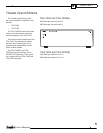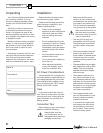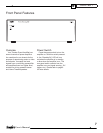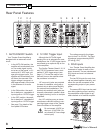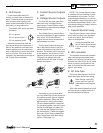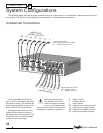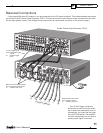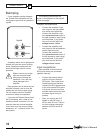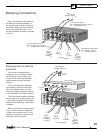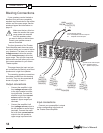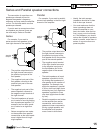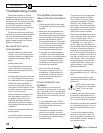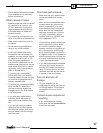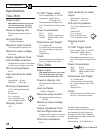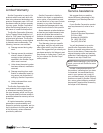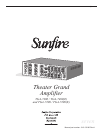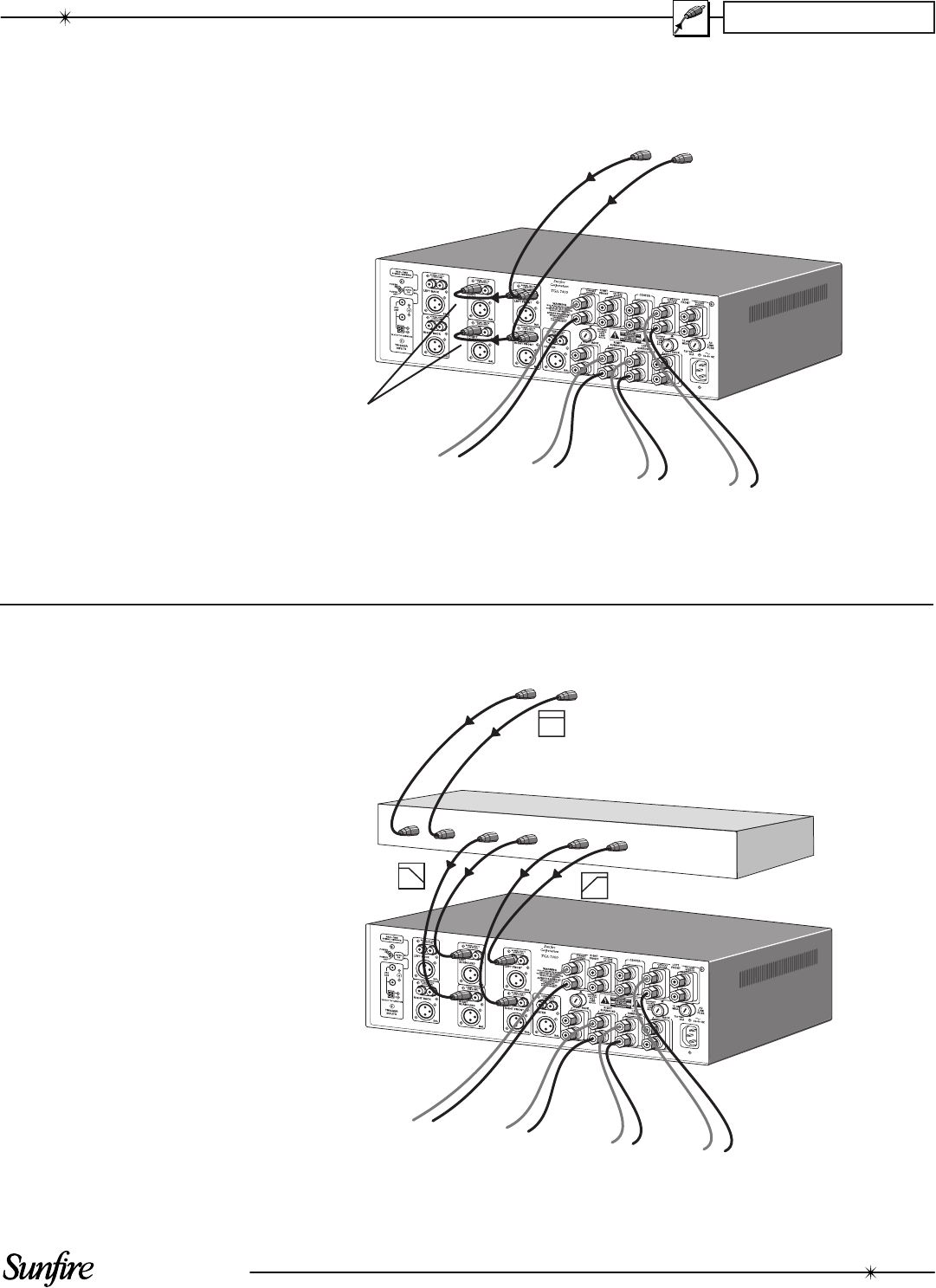
User's Manual
13
CHAPTER 2
M
IN
IM
UM
S
PE
AKER LO
AD IMP
E
DA
NCE 4 O
HMS
+ -
RIGHT
TWEETER
(CURRENT
SOURCE)
+ -
RIGHT
WOOFER
+ -
LEFT
WOOFER
+ -
LEFT
TWEETER
(CURRENT
SOURCE)
R
L
UNBALANCED
PREAMP OUTPUTS
LOUDSP
EAKERS
Note: The remaining channels can
be used to drive other speakers, or
left unconnected. These connections
have been omitted from this drawing
and the one below for clarity. They
can be connected as shown on pages
10 and 11.
Biamping Connections
Speaker-level audio outputs
From: Amplifi er outputs
To: Speaker input posts
Line-level audio signals
From: Amplifi er Front L/R RCA
To: Amplifi er Rear L/R RCA inputs
M
INIMUM
SPEAKE
R LOAD IMPEDAN
CE 4 OHMS
+ -
RIGHT
TWEETER
(CURRENT
SOURCE)
+ -
RIGHT
WOOFER
+ -
LEFT
WOOFER
+ -
LEFT
TWEETER
(CURRENT
SOURCE)
R
L
L
R
L
R
L
R
INPUT
LOW OUT
FULL FREQ
RANGE
LOW FREQ
RANGE
HIGH FREQ
RANGE
HIGH OUT
UNBALANCED
PREAMP OUTPUTS
ACTIVE EXTERNAL C
ROSSOVER
LOUDSPEAKERS
Line-level audio signals
From: Preamplifi er main RCA outputs
To: Amplifi er RCA inputs
Biamping with an external
crossover
If you have an external active
crossover, you can greatly increase
the effi ciency of your system. The
crossover will split the preamplifi er
output signals into two frequency
ranges.
You can connect the crossover's
low frequency outputs to the ampli-
fi er's rear channel inputs, and the
crossover's higher frequency outputs
to the amplifi er's front channel inputs.
This is an effi cient system because
the channels only amplify signals with-
in the frequency range of the speaker
el e ment they are driving. Little power
is wasted.
Make sure that the cross over point
of your active crossover is adjusted
to match the crossover point of your
speakers. Consult your speaker and
crossover owner's manuals.



